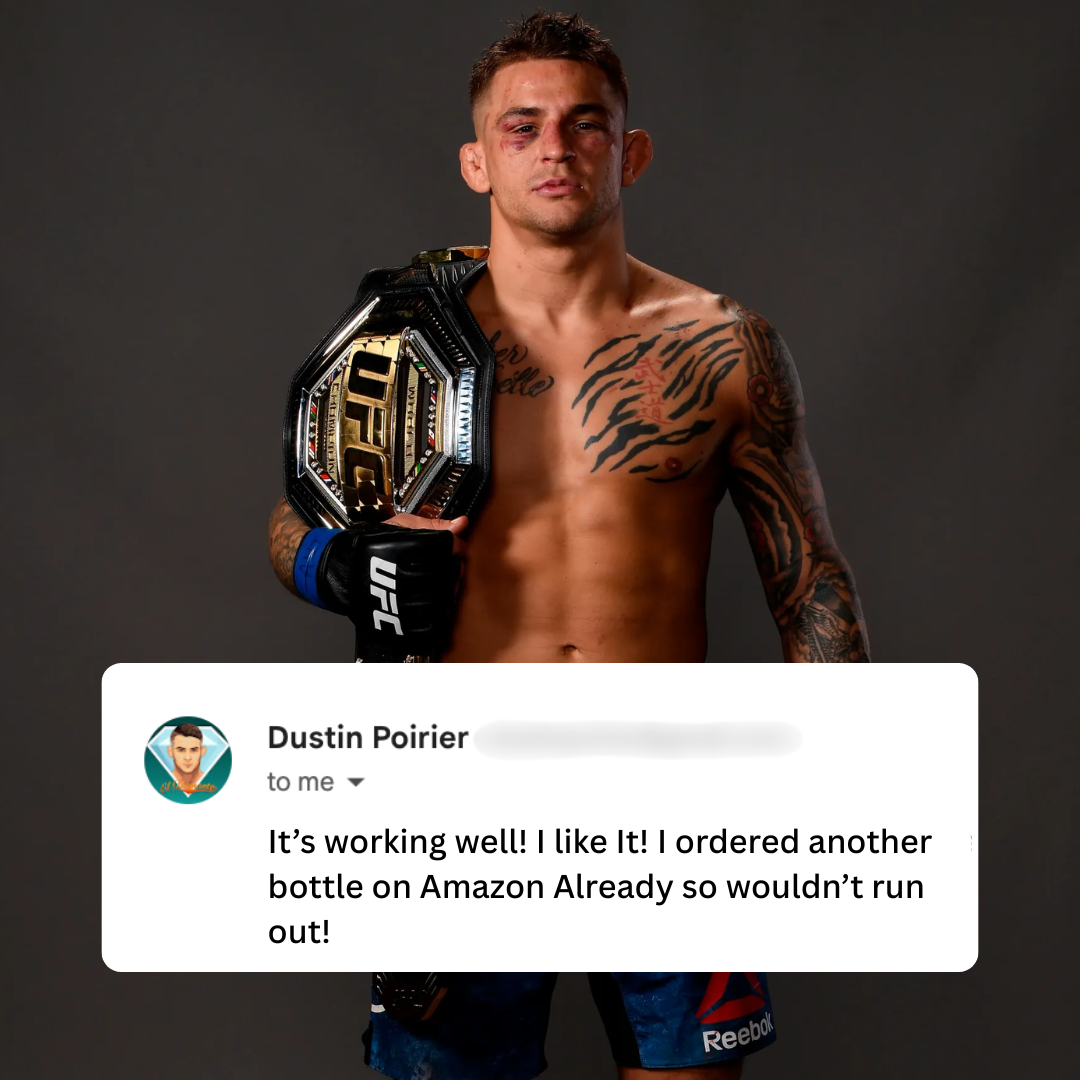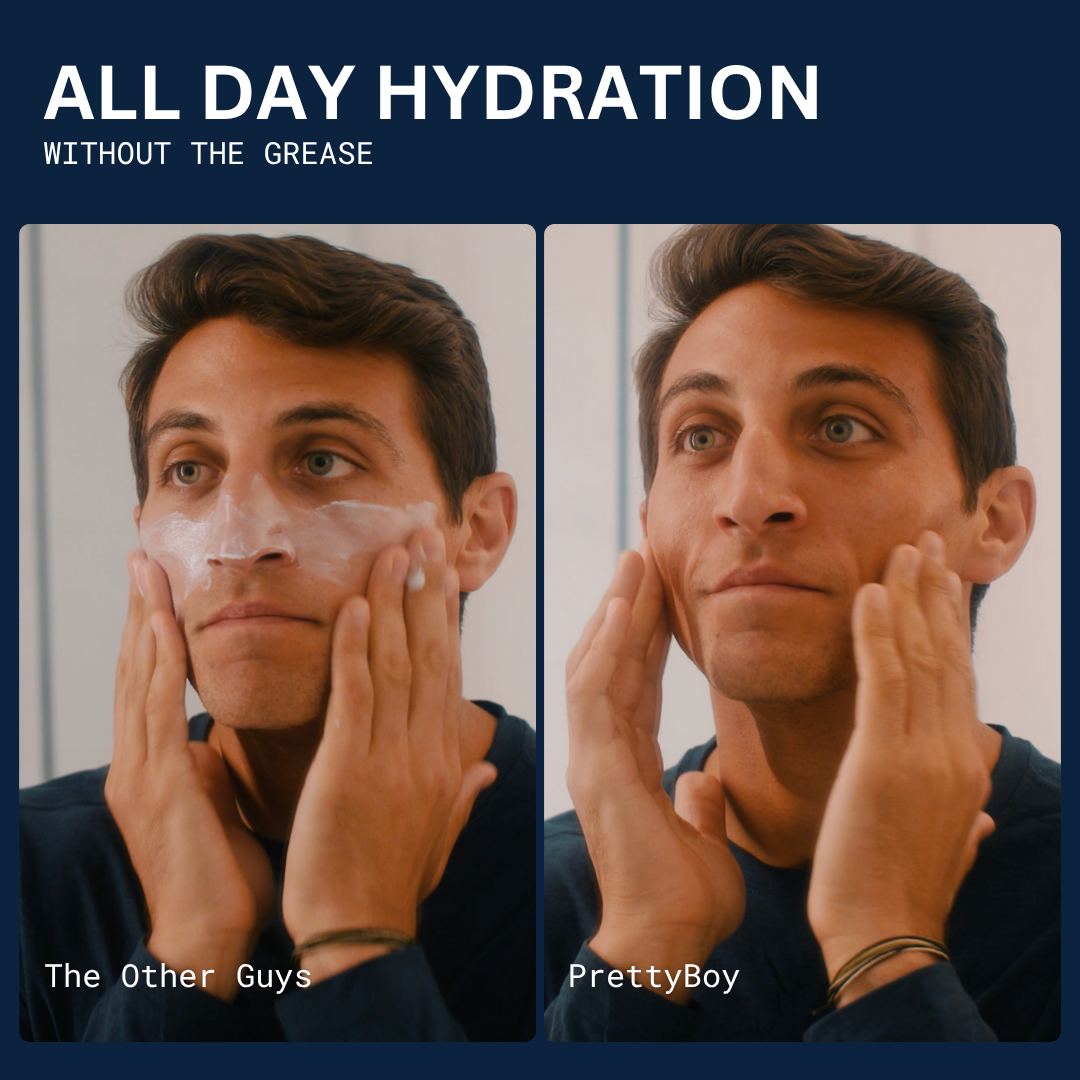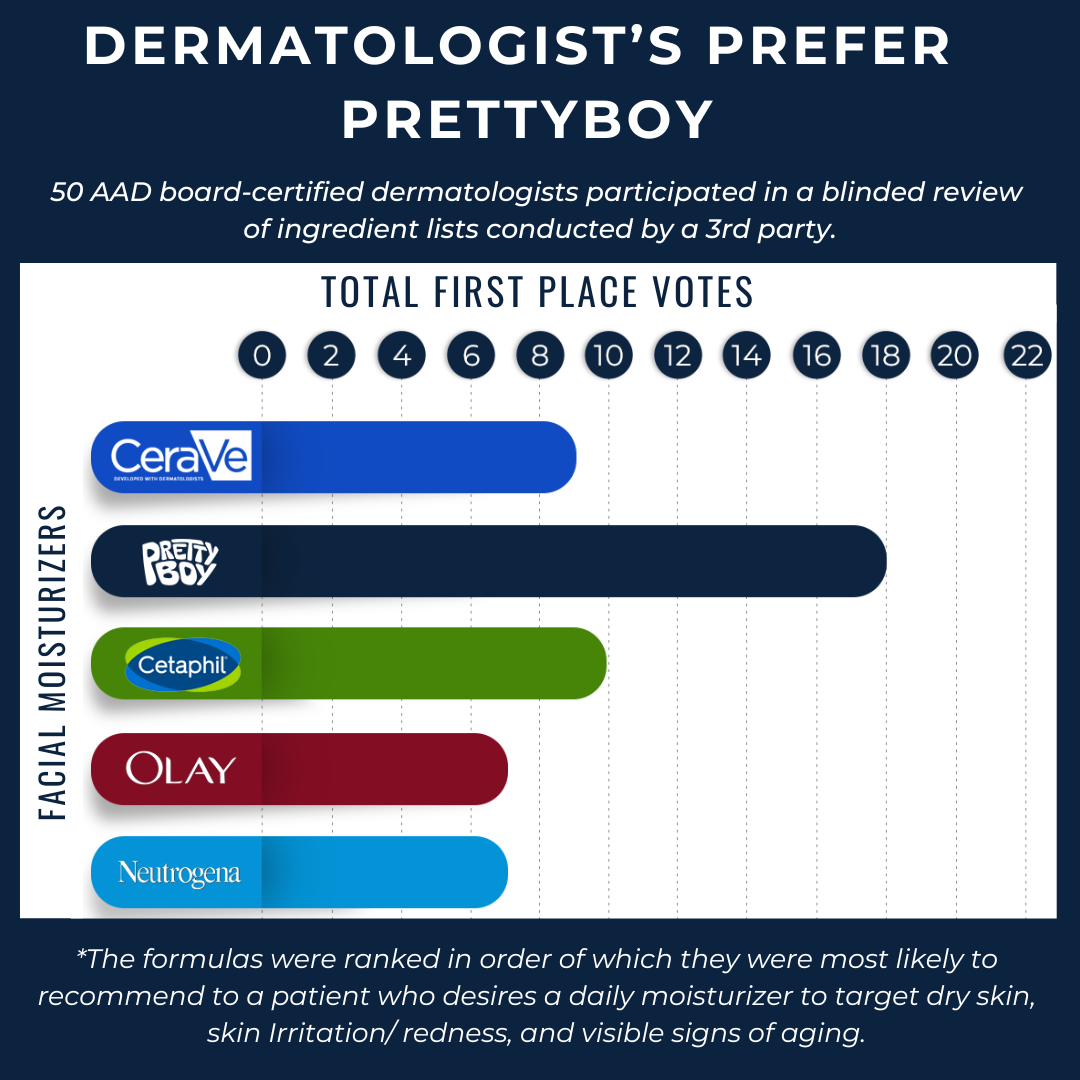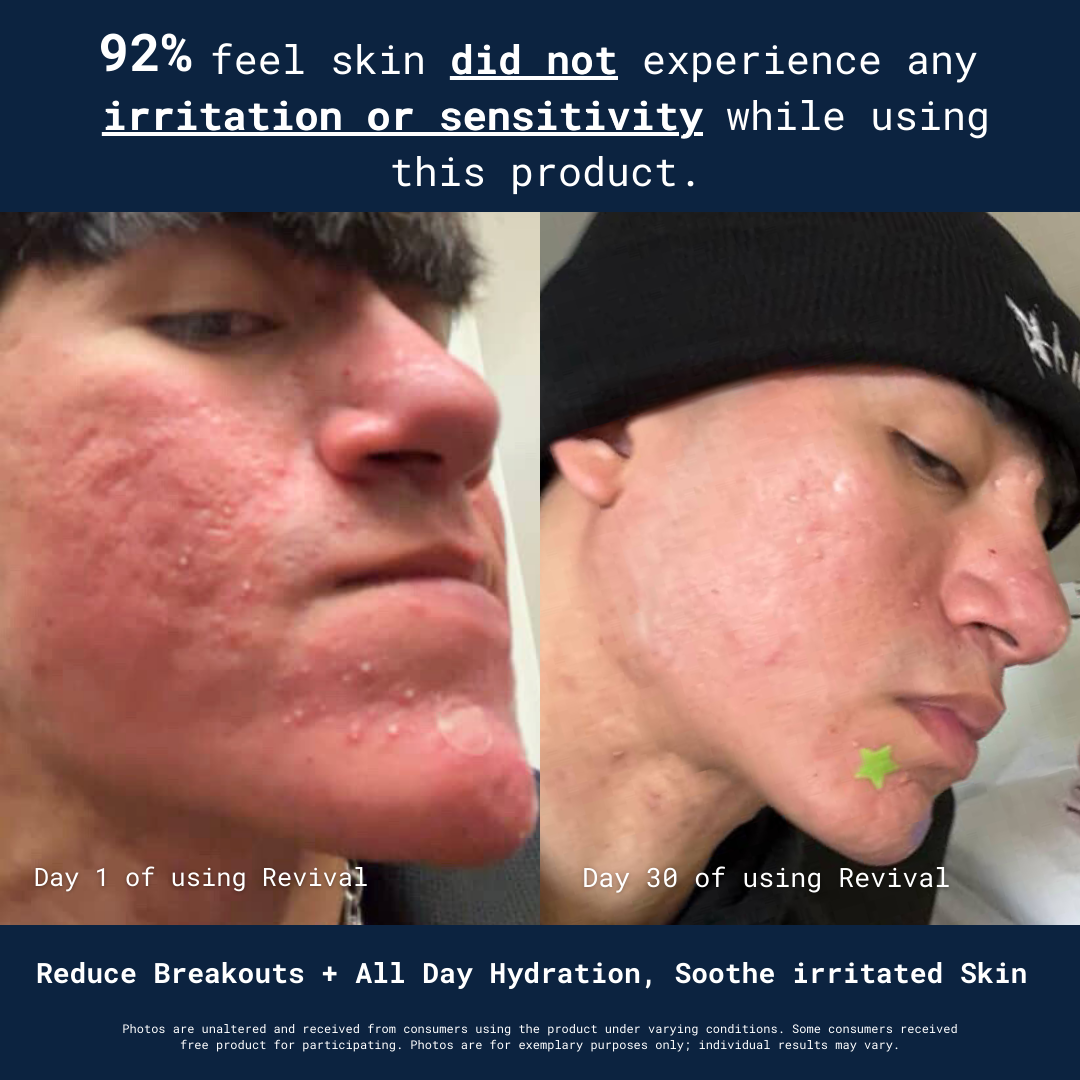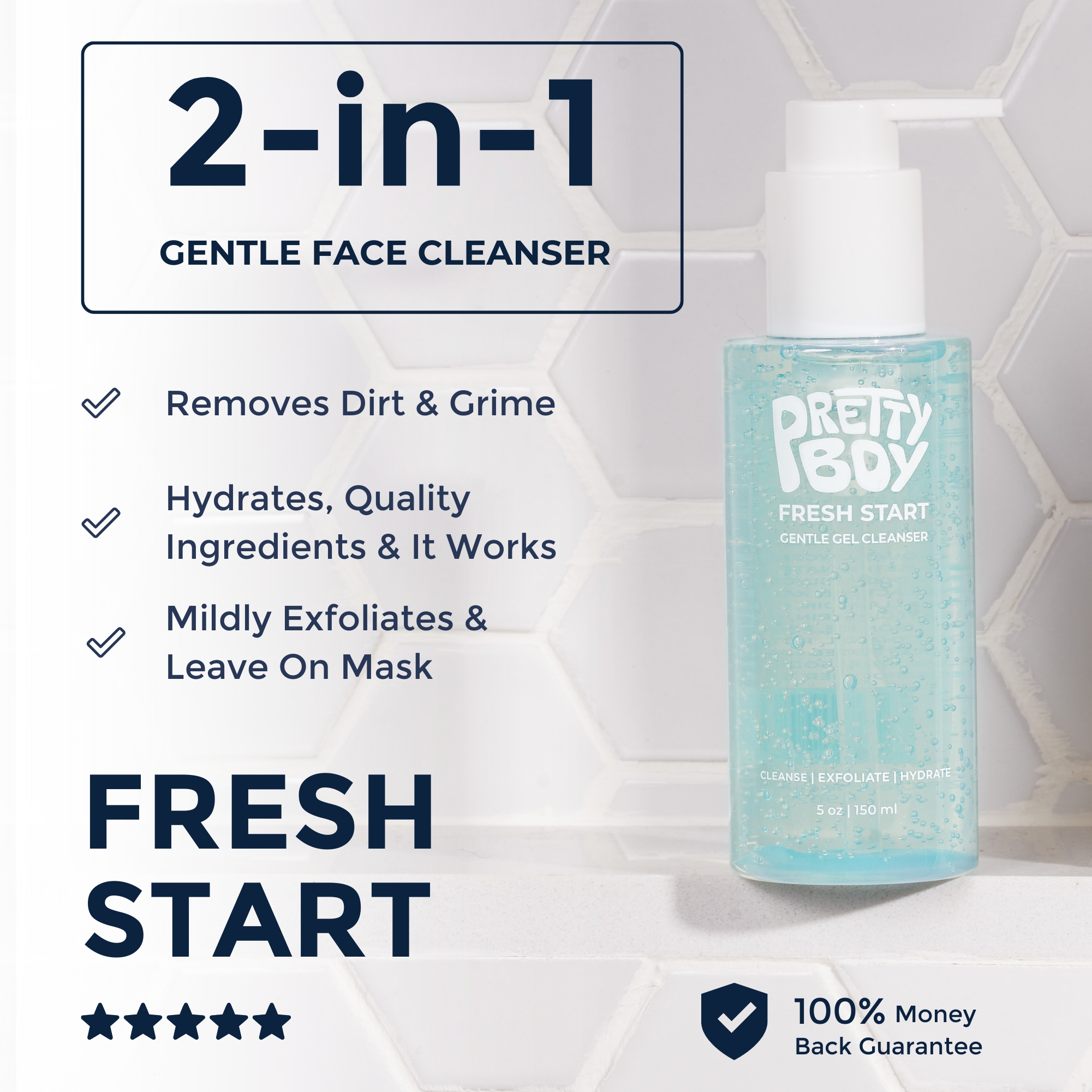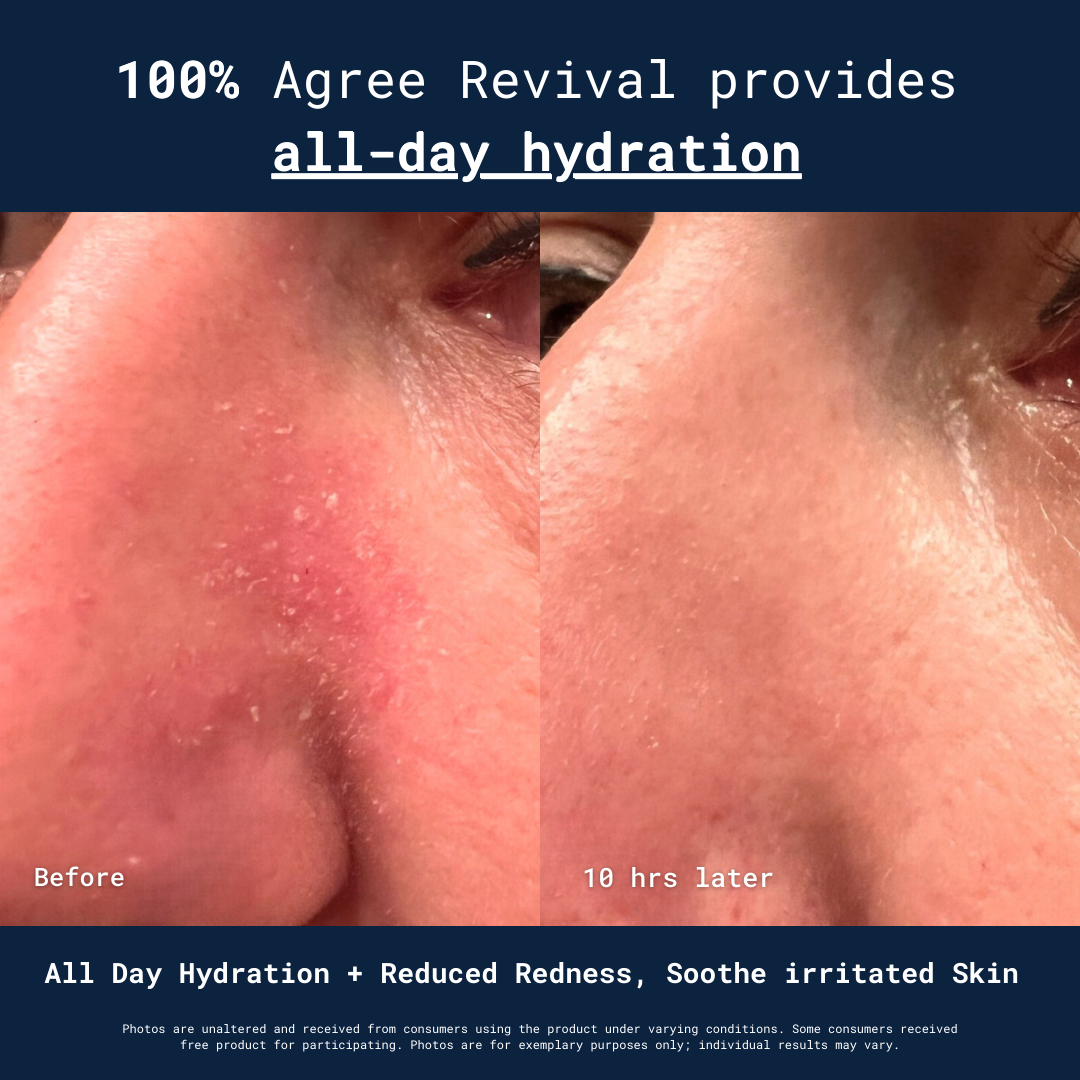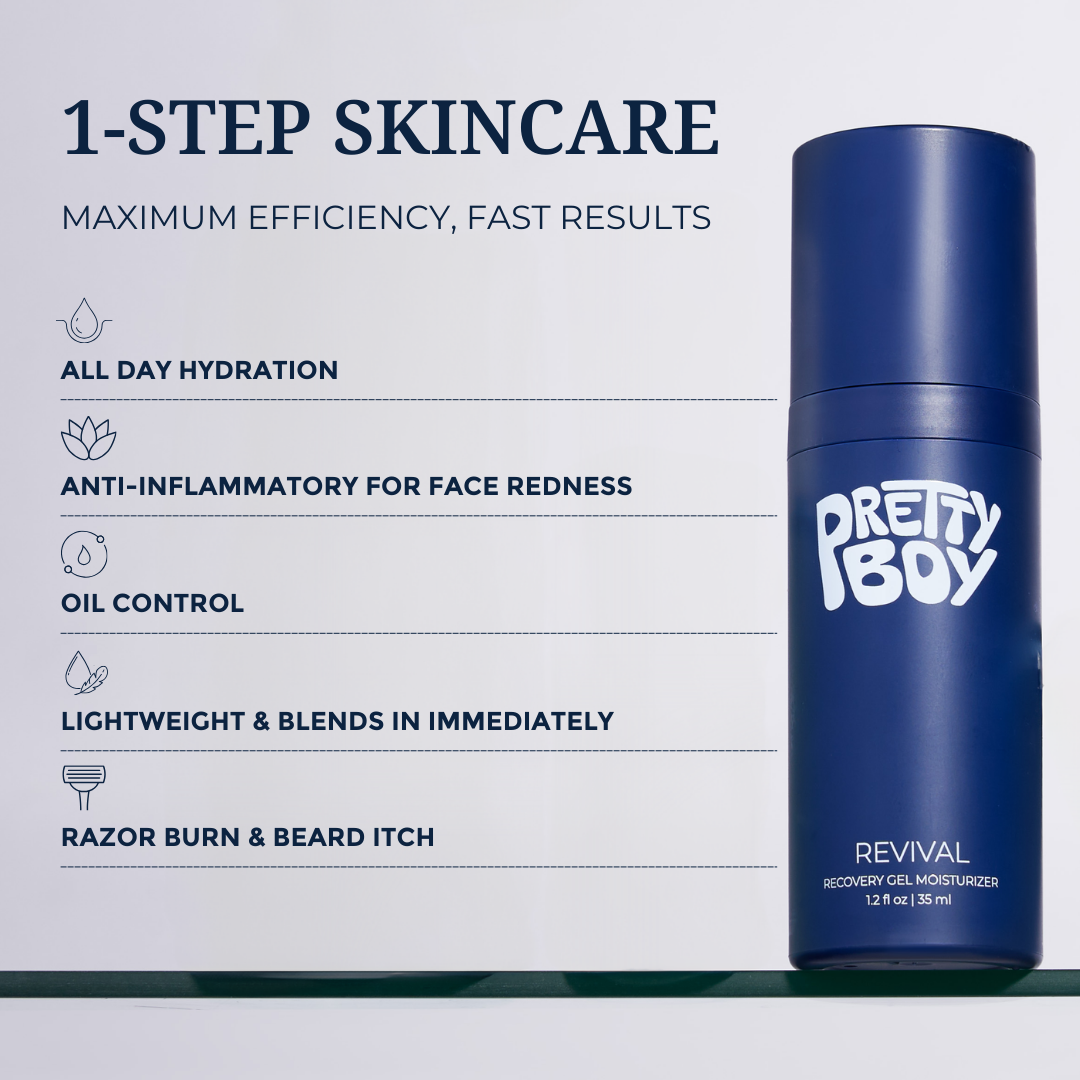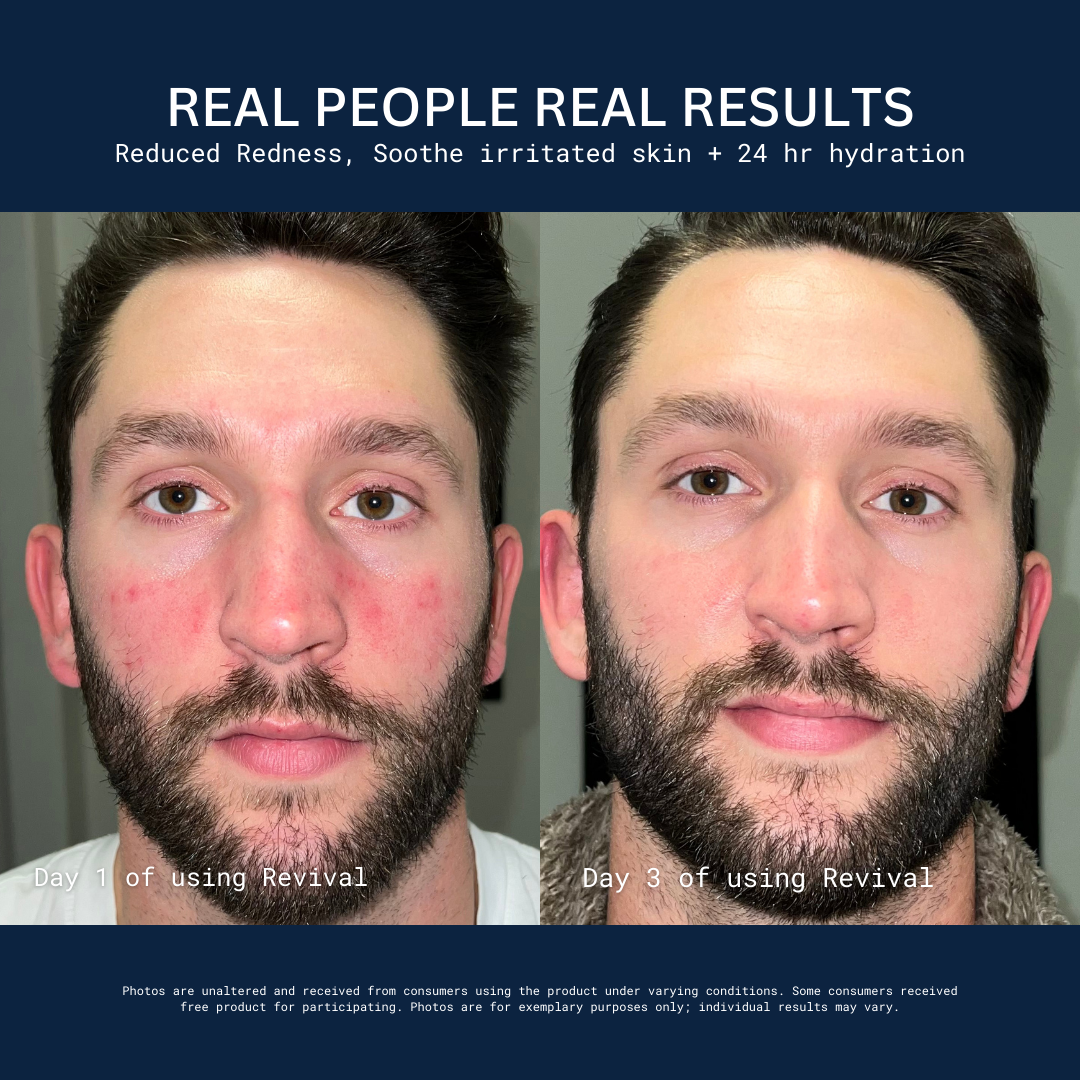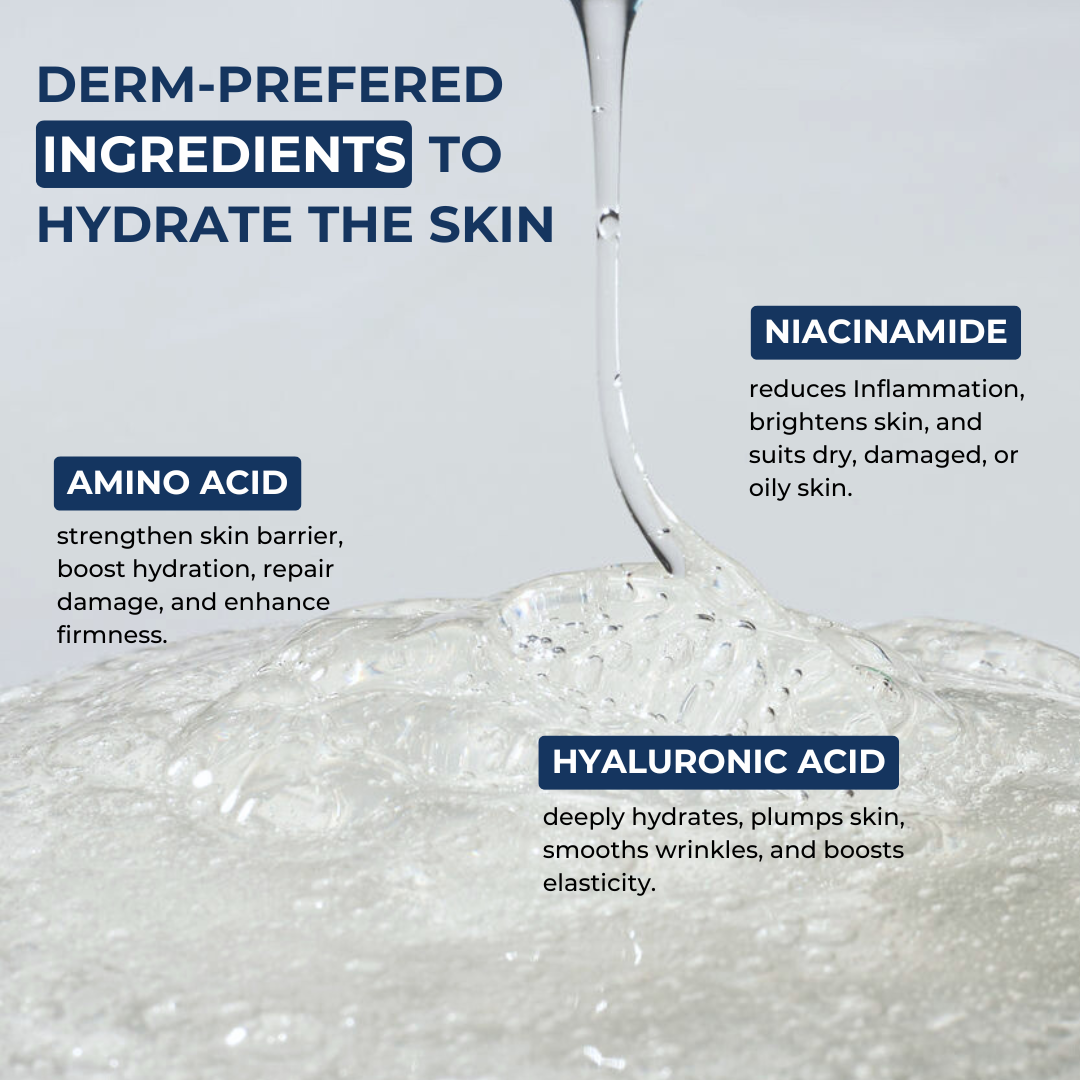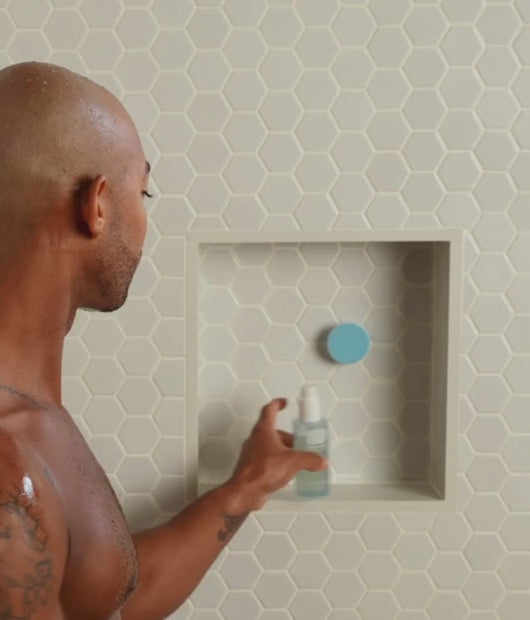Sunscreen is a must-have for preventing sunburns (Opens in a new window) (Opens in a new window), but does it prevent tanning? The answer isn't as straightforward as you may think.
While sunscreen (Opens in a new window) (Opens in a new window) does offer some protection against tanning, it's not the only factor in play. Many other factors contribute to how much your skin tans when exposed to the sun’s ultraviolet (UV) rays.
In this blog, we'll discuss what role sunscreen plays in tanning prevention and uncover the other factors that can influence your skin color. We'll also look at what SPF rating is most effective and how often you should apply sunscreen to help minimize tanning. With this information, you can take better steps toward protecting your skin from UV damage now and in the future.
Does Sunscreen Prevent Tanning?
No, sunscreen doesn’t fully prevent tanning, but it can help reduce your chances of developing a sunburn or experiencing more serious side-effects from overexposure to UV rays. You might not get as much color as you would without sunscreen, but you’ll likely still get a slight tan.
Sunscreen (Opens in a new window) (Opens in a new window) is a necessary tool to protect your skin from the harmful ultraviolet (UV) rays of the sun. With an array of active ingredients such as oxybenzone, titanium dioxide, and avobenzone, sunscreen helps absorb, scatter, and reflect UV rays away from the skin.
Even if you want to get a tan, you should still reapply sunscreen every two hours (and after swimming or sweating) to ensure maximum protection against damaging UV rays. Not only will this help keep your skin looking young and healthy for years to come—but it will also help keep those freckles at bay!
How Does Sunscreen Work?
Different types of sunscreen use different mechanisms to protect your skin.
Chemical-based sunscreens contain ingredients that absorb ultraviolet (UV) rays and convert them into heat, thus reducing their ability to penetrate your skin.
Physical-based sunscreens create a barrier on the surface of your skin that physically reflects and scatters UV rays so they don’t reach deeper layers of tissue.
Both types can provide effective protection against burning and long-term damage caused by exposure to UV radiation, but neither will entirely stop the process that produces the visible signs of tanning.
What’s the Ideal SPF?
Sunscreen, or SPF, is a measure of how much UV radiation from the sun is blocked by a particular product. In general, people with fair skin should use an SPF of at least 30 for optimal protection while those with darker skin may need to start with an SPF of at least 15.
However, this ideal SPF level will depend on the intensity of the sun and other factors. While sunscreen can help you avoid getting a full-body tan in one go, it doesn’t prevent all tanning since some UV exposure still gets through. Instead, sunscreen helps protect your skin from damaging sunburns (Opens in a new window) (Opens in a new window) and long-term damage that can lead to wrinkles and cancer such as melanoma.
Is It Possible to Tan Safely?
Technically speaking, there’s no such thing as “safe” tanning since UV rays can damage your skin. That said, wearing sunscreen outside is far safer for your skin than direct sun exposure or sitting in a tanning bed.
The key is to use sunscreen with an SPF of at least 15 and to reapply every two hours when exposed to direct sunlight. This is especially true if you are swimming or sweating, since water and sweat will reduce the effectiveness of your sunscreen.
Still, sunscreen won’t completely stop you from getting a tan—some UV rays will still penetrate the product and cause skin darkening. To be safe, avoid tanning beds and booths altogether; these emit higher levels of UV radiation than the sun itself. Instead, try using protective clothing such as wide-brimmed hats, long-sleeved shirts, and sunglasses while outdoors.
Don’t Skip the Sunscreen
Sunscreen can help protect your skin from UV damage and sunburn, but it won’t completely stop you from getting a tan. Sunscreen can be either chemical-based or physical-based, with each type having its own benefits and drawbacks. The ideal SPF for sun protection should be at least 30, but higher SPFs may offer additional protection.
Finally, it is possible to tan safely using sunscreen, but it is still important to practice safe sun exposure habits such as limiting time in the sun and wearing protective clothing as well as sunscreen.
With proper precautions, you can enjoy a healthy tan without putting yourself at risk of developing skin cancer. At the end of the day, it comes down to being consistent. You need to adopt a quality skincare routine (Opens in a new window) (Opens in a new window) that protects and heals your skin to keep that money maker looking fresh and youthful as long as possible. Find a nice gentle cleanser, a multifunctional moisturizer like PrettyBoy (Opens in a new window) (Opens in a new window), and an SPF 30+ or higher.







